6 best foods for a healthy vision
(VNF) - Cataracts, age-related macular degeneration, glaucoma, dry eyes, poor night vision are some of the eyes problem when you get older or when your eyes have to work too much. One of the simplest way to ensure your vision’s health is having a well-balanced, healthy diet.
You've probably heard that carrots and other orange-colored fruits and vegetables promote eye health and protect vision, and it's true, since they contains a large amount of Beta-carotene, a type of vitamin A that gives these foods their orange hue, helps the retina and other parts of the eye to function smoothly.
But in addition to Beta-carotene, several other vitamins and minerals are essential for healthy eyes.
According to Healthline, serious eye conditions may be avoided if you include foods that contain a range of vitamins, nutrients, and minerals, known as antioxidants, which are able to ward off oxidants that can affect your health in negative ways.
Some of the key antioxidants are lutein, zeaxanthin, vitamins A, C, E, beta-carotene, omega-3 fatty acids and zinc, which, fortunately, can be found in a variety of food. Please have a look at the list below:
Jason Clark / Knight-Ridder Tribune
1. Leafy greens
They're packed with lutein and zeaxanthin—antioxidants that, studies show, lower the risk of developing macular degeneration and cataracts.
For instance, Kale is known as a superfood by many because it contains so many important vitamins, nutrients, and minerals. It’s extremely good for eye health. Kale has the antioxidants lutein and zeaxanthin, also found in eggs and other foods. These nutrients may help to prevent serious eye conditions such as age-related macular degeneration and cataracts. Lutein and zeaxanthin aren’t made in the body, so you have to incorporate them into your diet. A 100 gram serving of kale, which is about 1 ½ cups, contains 11.4 mg of lutein, and it’s recommended you get 10 mg per day.
Kale can be made into snack chips. First wash the leaves, then tear them into small pieces; toss it in olive oil, and bake it 20 minutes or so, until the kale gets crispy. You can season them with a light sprinkle of salt. You can also sauté kale for a side dish or serve it in a salad.
Other vegetables high in lutein are red peppers and spinach.
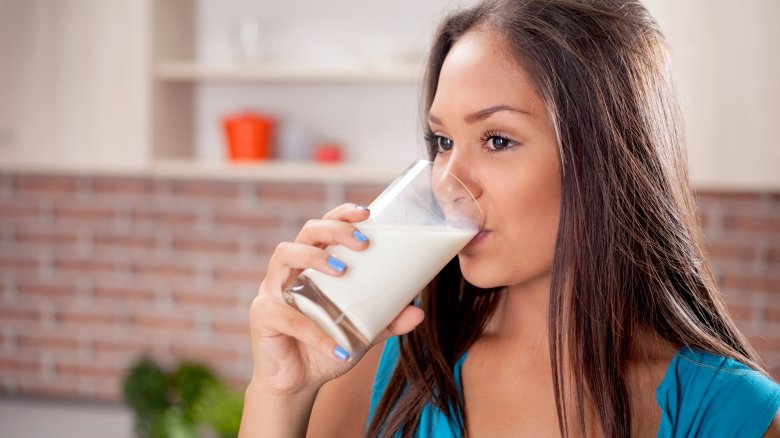 |
Photo: Shuttle Stock
2. Dairy
Dairy products such as milk and yogurt can be good for the eyes. They contain vitamin A as well as the mineral zinc. Vitamin A protects the cornea while zinc helps bring that vitamin to the eyes from the liver. Zinc is found throughout the eye, especially the retina and choroid, which is the vascular tissue that lies under the retina. This important mineral helps with night vision as well as the prevention of cataracts. Dairy from grass-fed cows provides the most benefits.
Dairy can be consumed throughout your day. You can drink a glass with a meal or enjoy it in coffee and tea, or breakfast cereal. Yogurt is a healthy option for breakfast or as a snack.
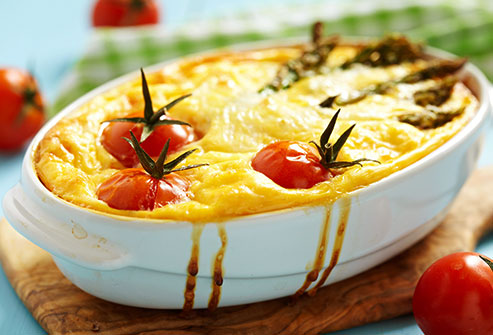
Photo: webmd
3. Eggs
Eggs are a great food to eat for eye health. The yolks contain vitamin A, lutein, zeaxanthin, and zinc, which are all vital to eye health. Vitamin A safeguards the cornea. The cornea is the surface of the eye. Lutein and zeaxanthin lower the chance of getting serious eye conditions like age-related macular degeneration and cataracts. Zinc contributes to the health of the retina. The retina is the back of the eye. Zinc also helps eyes see at night.
Eggs are extremely versatile and can work for breakfast, lunch, and dinner. A simple way to enjoy eggs is by hard-boiling them. Try them in salads and sandwiches. You can even eat a hardboiled egg for a snack.

Photo: Getty Image
4. Citrus and berries
These fruits are powerhouses of vitamin C, which has been shown to reduce the risk of developing macular degeneration and cataracts.

Photo: Getty Image
5. Almonds
Almonds, like other nuts and seeds, are generally good for eye health. Almonds contain vitamin E. This vitamin guards against unstable molecules that target healthy tissue. Consuming regular amounts of vitamin E can help prevent age-related macular degeneration as well as cataracts. You should aim for about 22 international units (IU), or 15 mg of vitamin E a day.
One serving of almonds is about 23 nuts, or ¼ cup, and has 11 IU. Other nuts and seeds that contain vitamin E include sunflower seeds, hazelnuts, and peanuts.
You can enjoy almonds as a snack at any time. They are also tasty in your breakfast cereal, yogurt, or in salads. Just remember to keep an eye on serving size. Almonds are high in calories, so try to limit your intake to one to two servings a day.

Photo: Getty Image
6. Fatty fish
Fish, particularly salmon, can be a great food to consume for eye health. Salmon and other fish have omega-3 fatty acids. These are “healthy” fats. Omega-3 fatty acids can contribute to visual development and the health of the retina in the back of the eye. They can also help prevent dry eyes.
Tuna, salmon, mackerel, anchovies and trout are rich in DHA, a fatty acid found in your retina—low levels of which have been linked to dry eye syndrome, says Jimmy Lee, MD, director of refractive surgery at Montefiore Medical Center, in New York City.
Consider incorporating fish into your meal plan a few days a week. When buying salmon, choose a wild-caught version instead of farm-raised salmon. That’s because farm-raised salmon has more saturated fat and less omega-3s than wild-caught salmon.
Salmon, and most fish, can be grilled or broiled. Try seasoning it with fresh herbs, lemons, and salt and pepper for a simple and delicious dinner./.
( VNF )
Most read
Recommended
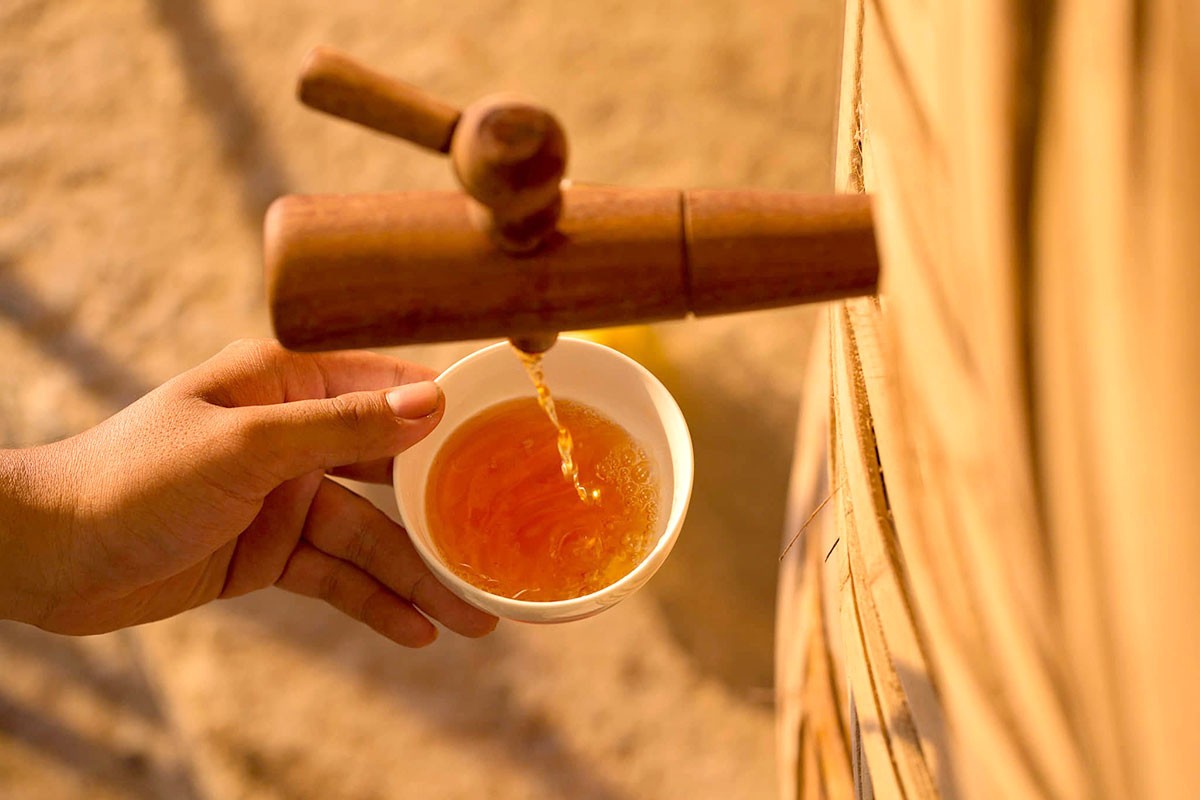 Handbook
Handbook
Vietnam's Fish Sauce Tops World's Best Dipping Sauces
 Handbook
Handbook
Four Vietnamese Universities Feature Among Asia's Top 200
 Handbook
Handbook
Water Puppet Show To Be The Highlight of Vietnam Day in Brazil
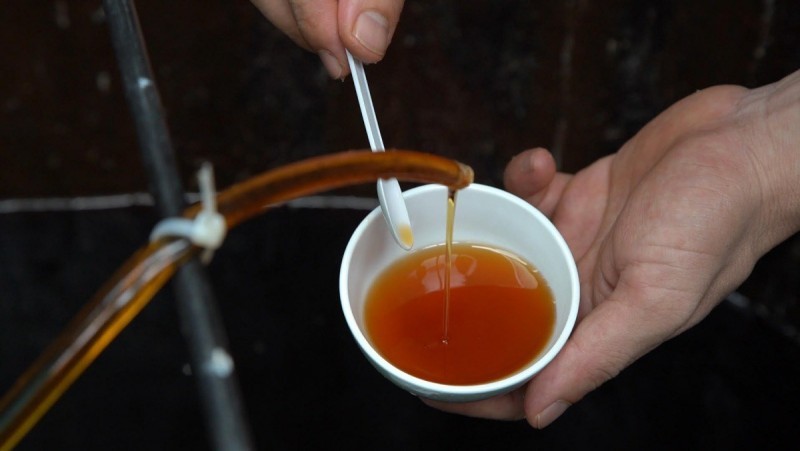 Handbook
Handbook
Taste Atlas: Vietnam’s Fish Sauce, Fermented Dish Sauce Among World’s Best Dipping Sauces
Popular article
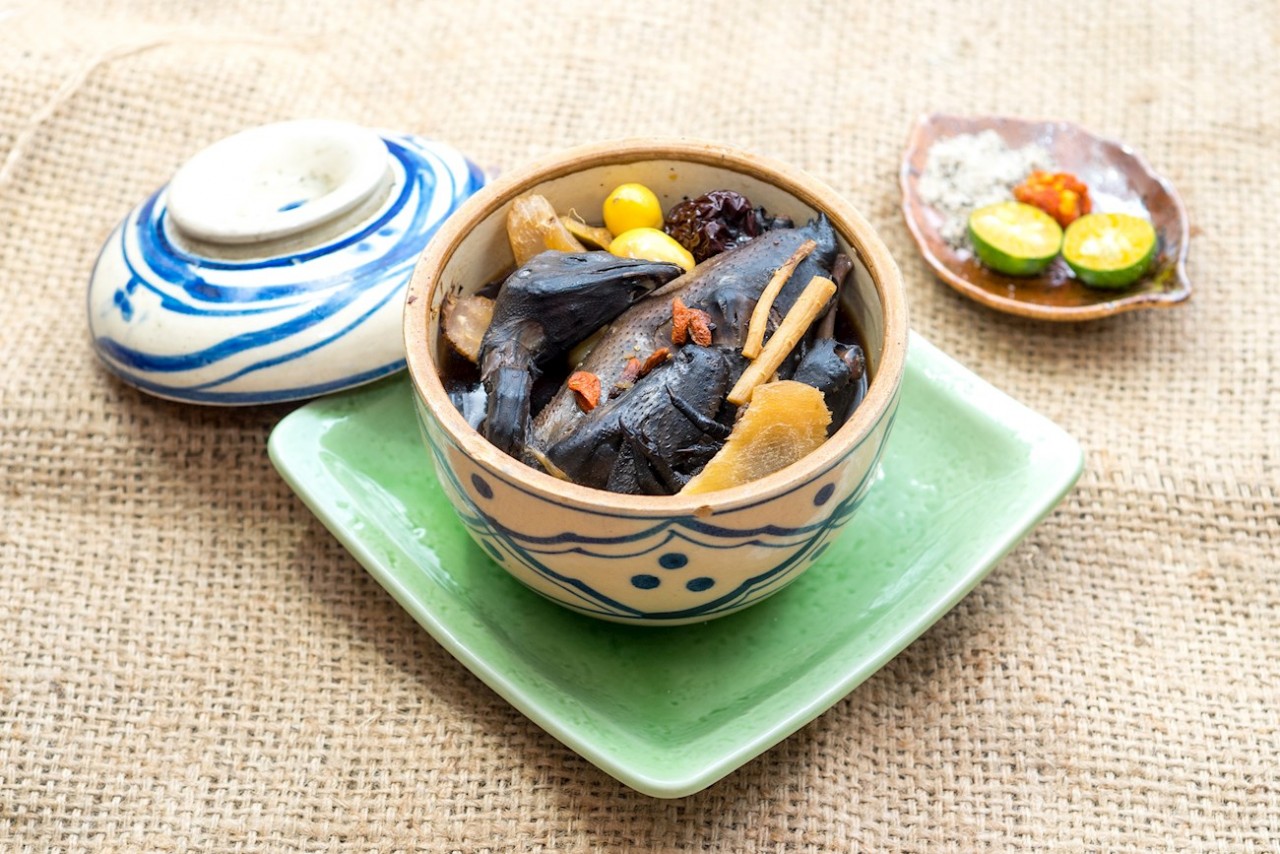 Handbook
Handbook
TasteAtlas: Four Vietnamese Dishes Among World’s 100 Best Dishes With Ginger
 Handbook
Handbook
Free Tickets to Taiwan Film Salon 2024 in Hanoi
 Handbook
Handbook
Ben Tre Delicacy Garners International Recognition
 Handbook
Handbook







